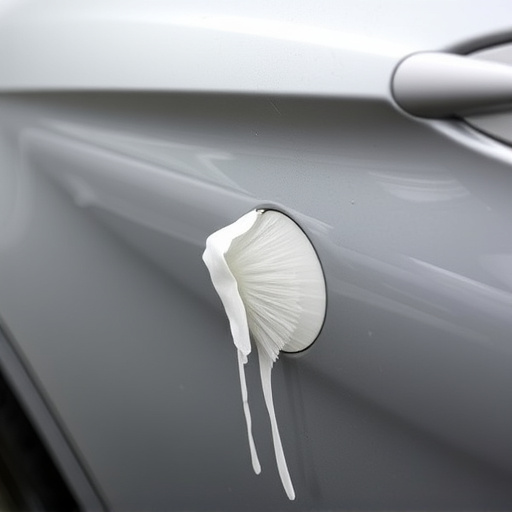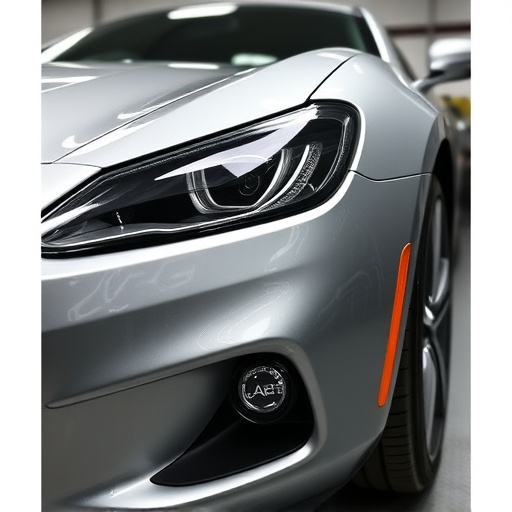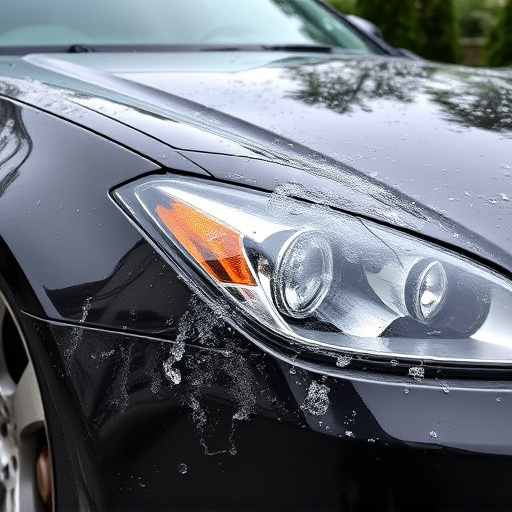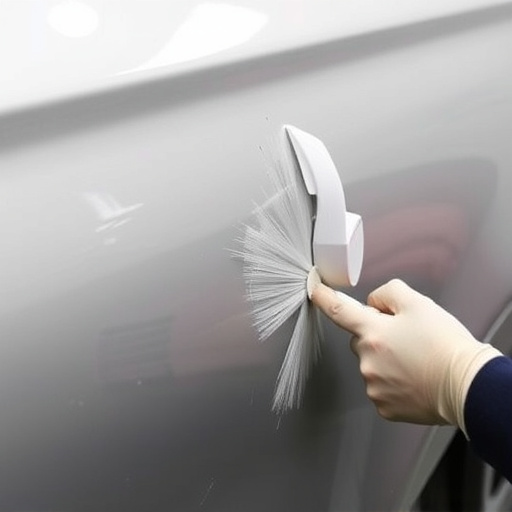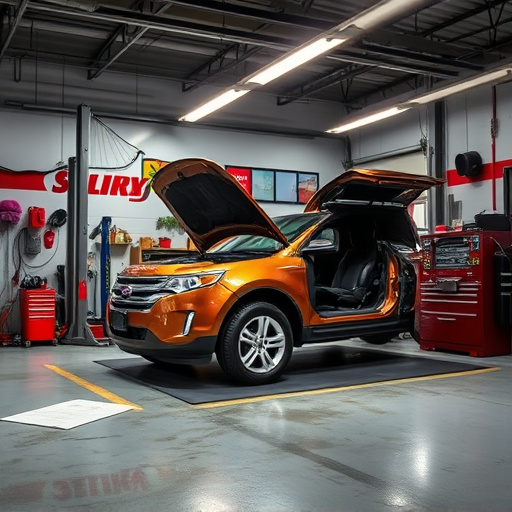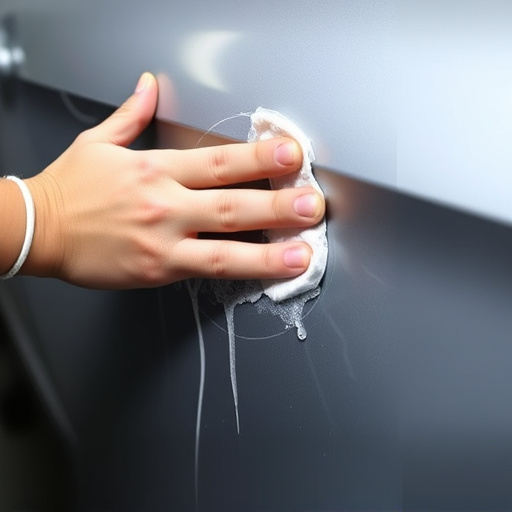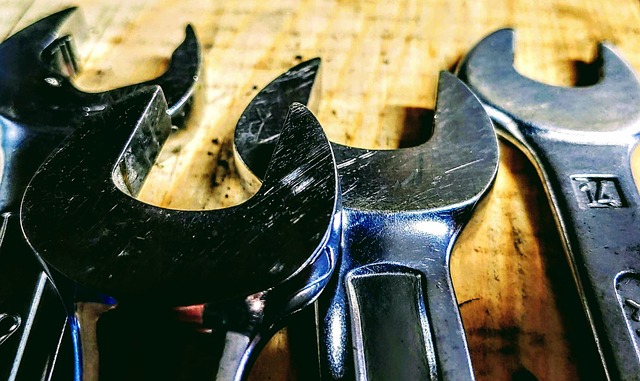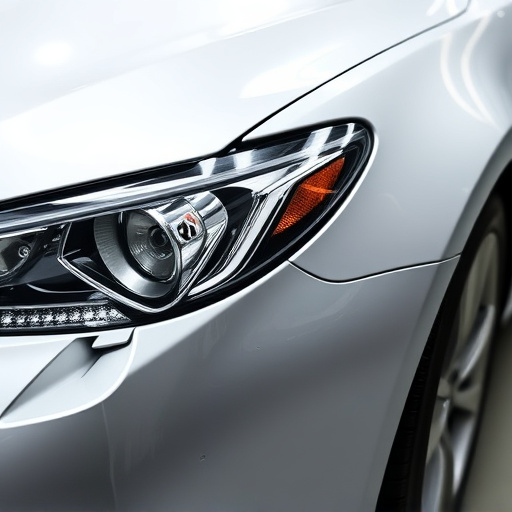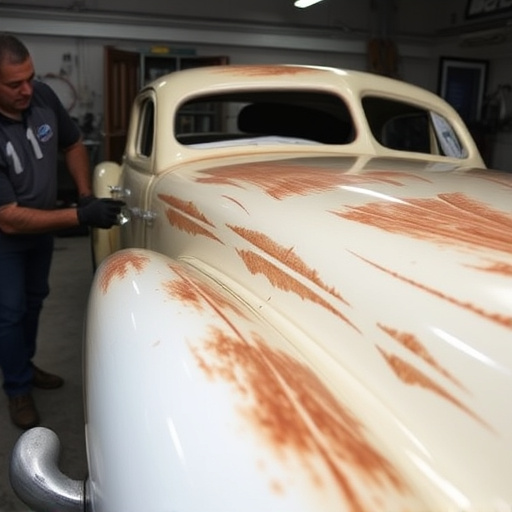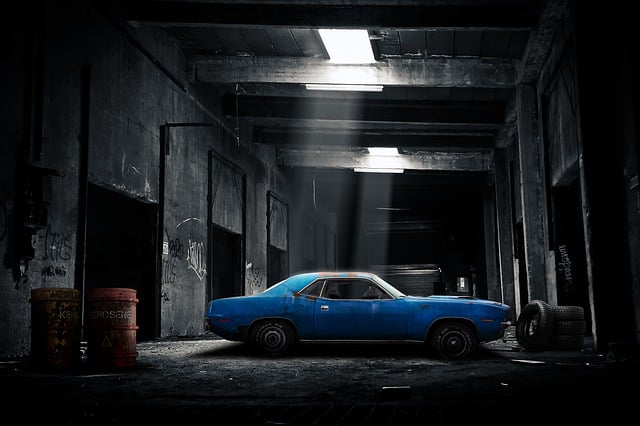After a cooling system collision repair, thorough damage assessment and repairs are essential before follow-up checks. Mechanics inspect for cracks, leaks, and misalignments to ensure structural integrity. Post-repair, a trial run confirms system efficiency, and regular follow-ups by skilled technicians prevent breakdowns and educate owners on future maintenance needs, including specialized autobody repairs for luxury brands like Mercedes-Benz.
After a cooling system collision repair, scheduling follow-up checks is crucial for ensuring optimal vehicle performance and customer satisfaction. This article explores the ideal timelines for these checks, focusing on three key aspects: assessing initial damage and repair completion, understanding post-repair vehicle performance, and planning future maintenance to prevent recurring issues. By following best practices, you can ensure your customers’ peace of mind and maintain top-notch cooling system reliability.
- Assess Damage and Repair Completion
- Understand Vehicle's Performance After Repair
- Customer Satisfaction and Future Maintenance Planning
Assess Damage and Repair Completion
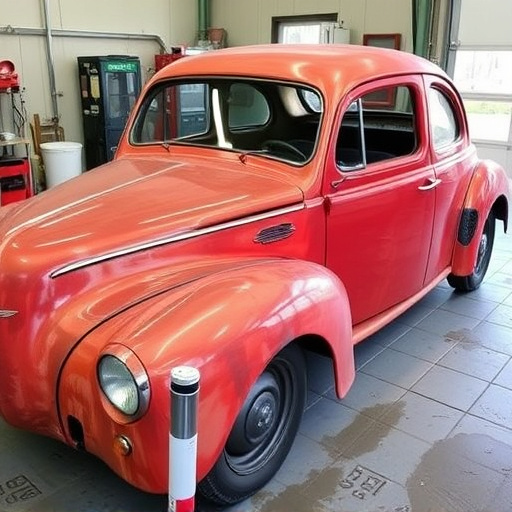
After a cooling system collision repair, assessing the damage and ensuring the completion of repairs is paramount before scheduling any follow-up checks. This initial evaluation involves meticulously inspecting all components to identify any cracks, leaks, or misalignments that could affect performance. Mechanics skilled in car collision repair will check for both visible and hidden damage, as some issues may not be immediately apparent. Once all parts are thoroughly examined and found to be in optimal condition, the repair team can move forward with the necessary auto body repairs, ensuring the vehicle is safe to operate and maintain proper temperature regulation.
In addition to structural integrity, the functionality of the cooling system itself must be verified. This includes checking for any leaks, blockages, or faulty components that could hinder its efficiency. Once satisfied that all auto glass repair and other related repairs have been conducted to a high standard, a trial run can be performed to confirm the system is functioning as intended before scheduling routine follow-up checks.
Understand Vehicle's Performance After Repair
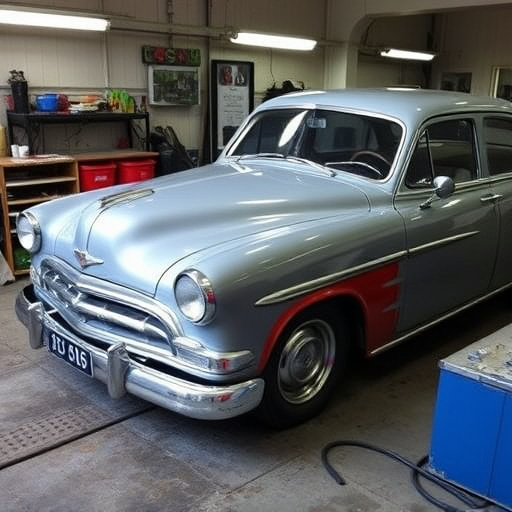
After a cooling system collision repair, it’s crucial to assess how your vehicle performs before deciding on follow-up checks. The first few drives post-repair are critical in understanding if all components of the dent repair and car body repair are functioning optimally. Pay close attention to engine temperature readings, coolant levels, and any unusual noises or vibrations that could indicate lingering issues.
An auto repair shop’s expertise lies not just in fixing visible damage like a dent repair but also ensuring the intricate systems under the hood operate seamlessly. Regular follow-up checks allow skilled technicians to monitor these systems, troubleshooting potential problems early on. This proactive approach is key to preventing more serious breakdowns and ensuring your vehicle’s cooling system collision repair stands the test of time.
Customer Satisfaction and Future Maintenance Planning
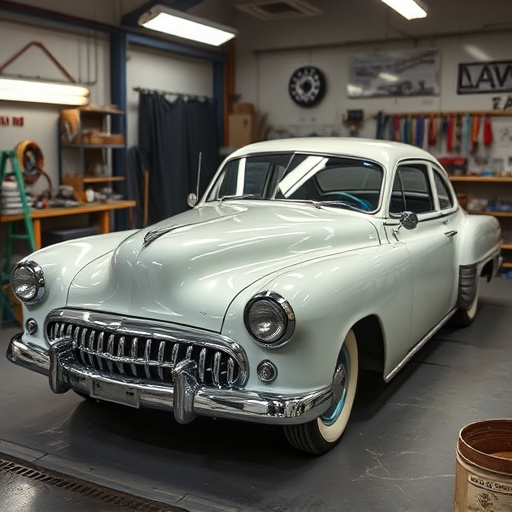
Ensuring customer satisfaction is paramount after any collision repair, especially for intricate systems like the cooling system. Following up with clients allows workshop staff to gather valuable feedback, confirming that the car bodywork restoration meets or exceeds expectations. This interaction also provides an opportunity to educate owners about future maintenance needs specific to their vehicle, particularly in the case of luxury brands like Mercedes-Benz collision repair. By offering comprehensive solutions and guidance, repair shops can foster long-term relationships with customers, encouraging repeat business and promoting trust.
A proactive approach to post-repair checks enables technicians to identify potential issues early on, even those unrelated to the initial collision damage. This can include recommendations for routine service or specialized care, such as autobody repairs tailored to address specific weaknesses in certain car models. By integrating these insights into future maintenance planning, workshops demonstrate their commitment to customer satisfaction and vehicle longevity, solidifying their reputation in the competitive automotive industry.
After completing a thorough cooling system collision repair, scheduling follow-up checks is essential for ensuring optimal vehicle performance and customer satisfaction. Assessing damage, understanding post-repair functionality, and planning future maintenance all contribute to a seamless experience. For peace of mind, consider follow-up visits at key milestones to verify the efficiency of your cooling system and address any potential issues early on. This proactive approach ensures your vehicle remains reliable, enhancing the overall benefits of a successful cooling system collision repair.
